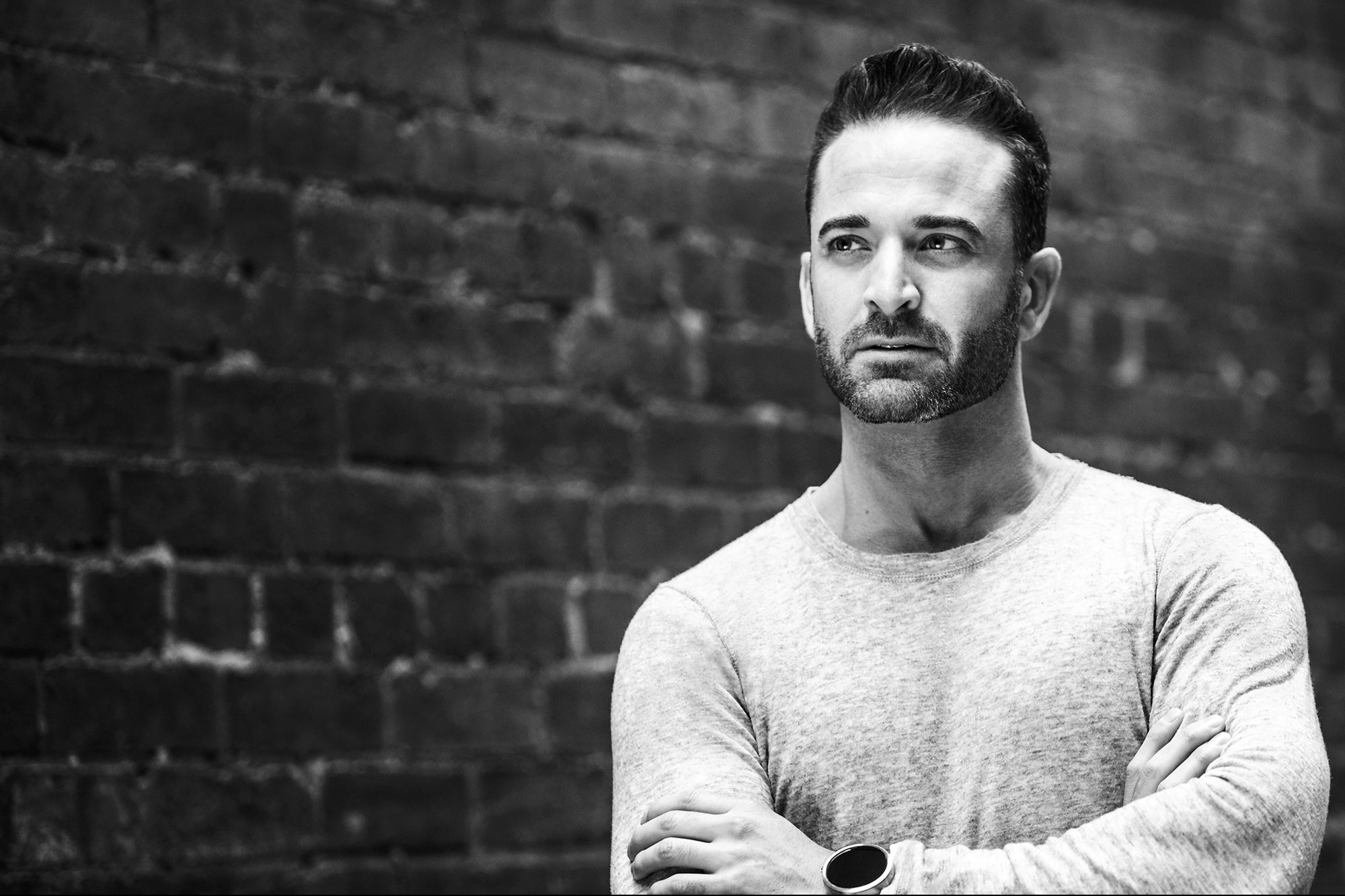5 Key Considerations in Converting Your Nonprofit to a For-Profit Be prepared for the switch to take up a lot of your time and energy.
By Karim Abouelnaga Edited by Dan Bova
Opinions expressed by BIZ Experiences contributors are their own.

Deciding to convert Practice Makes Perfect from a nonprofit to a for-profit public benefit corporation was one of the most challenging undertakings of my business career. Not only is restructuring a business incredibly difficult, but there were a few things I wish I knew before I embarked on the transition that caught me off guard. Below are five things to consider.
1. Timing
No one can really tell you how long the entire process is going to take. We had the best lawyers in the world during our conversion, and at one point they told us the process would take six to eight weeks. From previous experiences, we knew that lawyers tend to overpromise on timing, but nothing could've adequately prepared us to go through an almost 18-month process from evaluating whether we should go forward with the conversion to finally dissolving the nonprofit.
Related: 3 Most Common Ways to Transition Your Nonprofit to a For-profit Business
2. Fundraising
We spent a lot of time trying to raise capital. We had an initial investor encourage us to make the conversion and promise to support us through the transition. When we eventually started the process, and went to the firm for the capital, we realized we never agreed on the terms of the investment. When you're a nonprofit, you're not used to thinking about terms of the investment in exchange for a percentage of your company or a value on what your company is worth.
Once we lost our lead investor, raising money became even more difficult. It wasn't until our backs were against the wall that we realized our last option was to raise the money through our customers. Luckily, that was the best thing that could've happened to us. We made the conversion successfully and didn't have to give up any control or ownership of our business. My only regret was that we didn't pursue that route initially and save our energy.
3. People
Be ready to have conversations around equity. This could make or break your company. Every successful investor and BIZ Experiences knows that people are the reason why a company succeeds or fails. When we were a nonprofit, we compensated everyone competitively. I was also ignorant to the notion that my teammates who came to originally work for a nonprofit would have strong opinions on how much equity they should receive in the newly formed company. In this case, not raising money made the equity distribution even more difficult.
Related: 3 Reasons to Consider Converting a Nonprofit to a For-profit
Ultimately, equity is a form of compensation. It took me months to learn that. Even then, it was difficult to distribute equity in a rational way. There are no good rulebooks or guidelines for how to do this properly. Equity distribution is more of an art than it is a science. But, if you don't get the equity distribution right, you risk breaking your new company before it starts.
4. Banking
Our banking relationships are where we got blindsided the most. The lines of credit and the credit history we had built with the nonprofit were pretty much disregarded. Banks don't traditionally work with companies that have less than two years of operating history. That's because the odds of failure are so much greater in the first couple of years. After months of discussions, negotiations and raising alternative capital, we mended relations and got waivers to many of the rules. It also didn't hurt that we had done over $1 million in business within six months of our conversion.
Related: 5 Reasons to Become a Benefit Corporation
5. Board
For the conversion process to be perceived in the best interest of the mission, your board members should not be transitioning with the management team. In fact, there needs to be an "arms-length" transaction. This means that no one on the buyer side should have influence on the board's final decision to sell or not sell the assets. If board members move to the for-profit side, it can be perceived as private inurement. Unfortunately, board members on your nonprofits are not compensated. As such, getting decisions made, having critical conversations and having paperwork signed can sometimes drag the process out a little longer. If you're a board member on the nonprofit side of the transaction, you have nothing to gain in the asset sale. There is a risk that you're incurring by agreeing to the asset purchase, since this process is scrutinized closely by the Attorney General. And if the process goes smoothly, then you lose your board seat.
If it wasn't for the external support from one of the top legal firms in the world and the promise of financial support from a billionaire investor, I'm certain the board would've voted to table the discussion of a legal structure conversion. For this process to be successful, you must have board buy-in. You need to be very thorough in making the case for the for-profit company to be able to better execute on the mission set forth by the nonprofit.
Making our conversion was a big commitment. We delivered on our initial promises, but sold an ambitious plan and we're going to have to continue working towards fulfilling our promises. Today, I can confidently say that the decision to make the conversion was in the best interest of our mission, our people and our kids.











